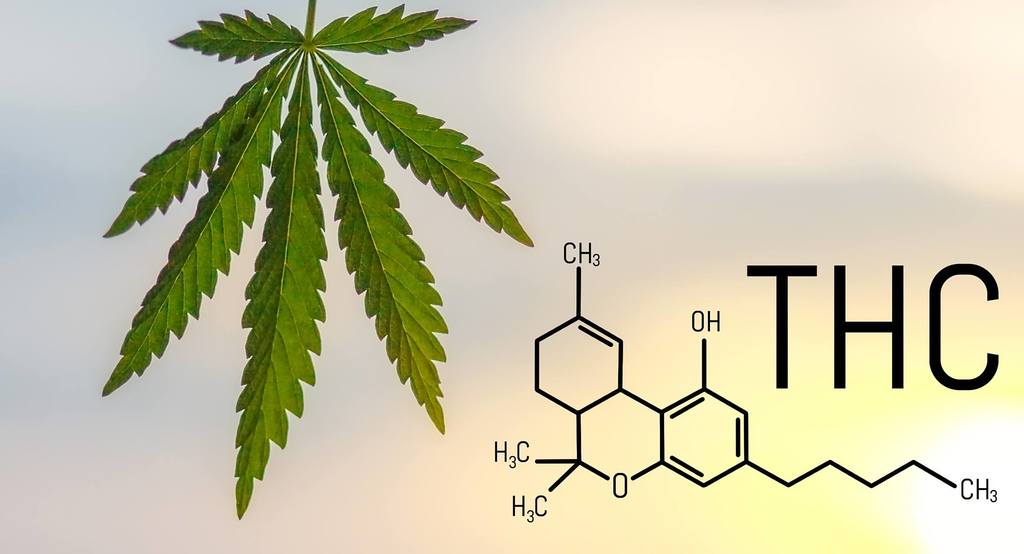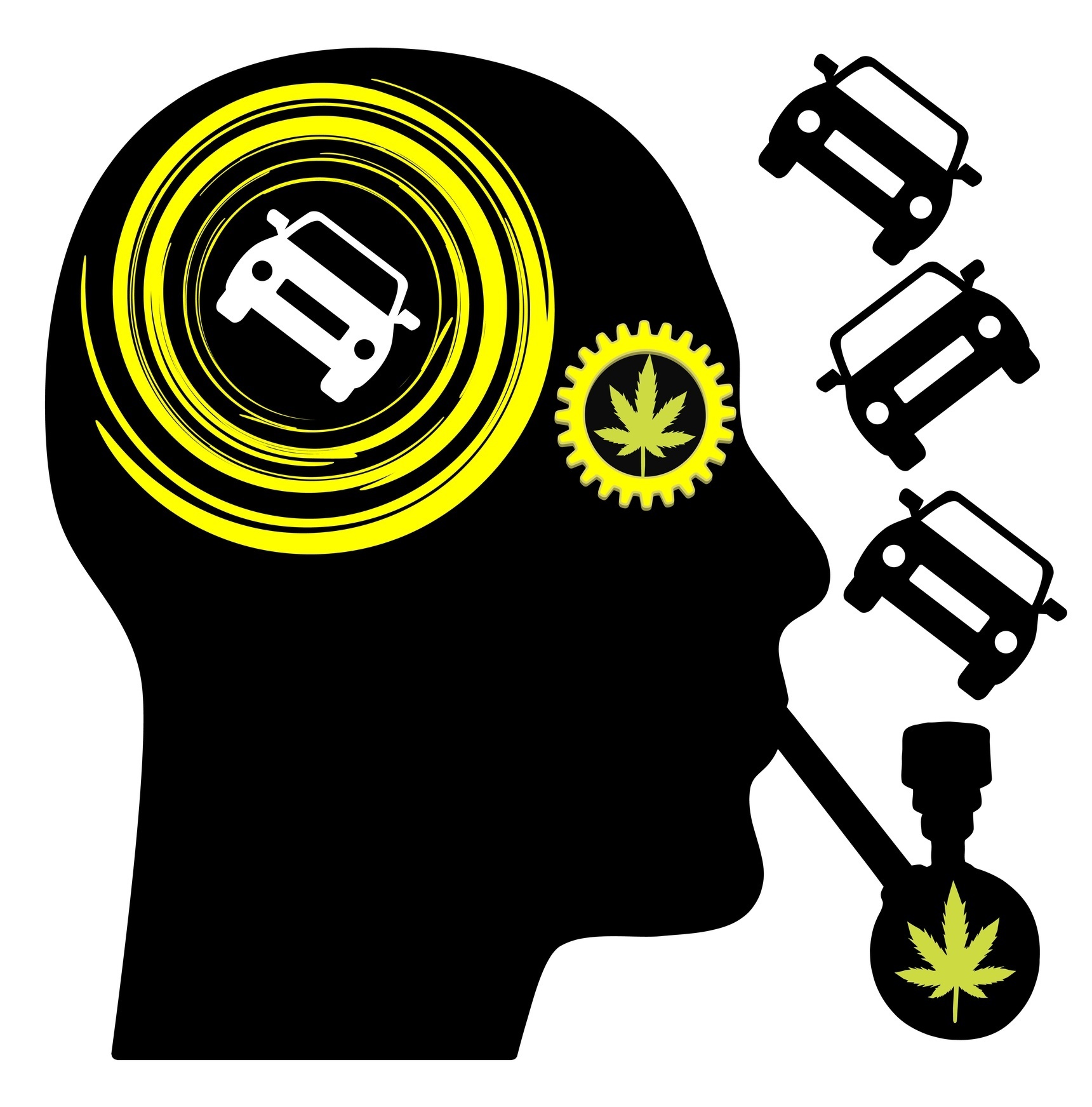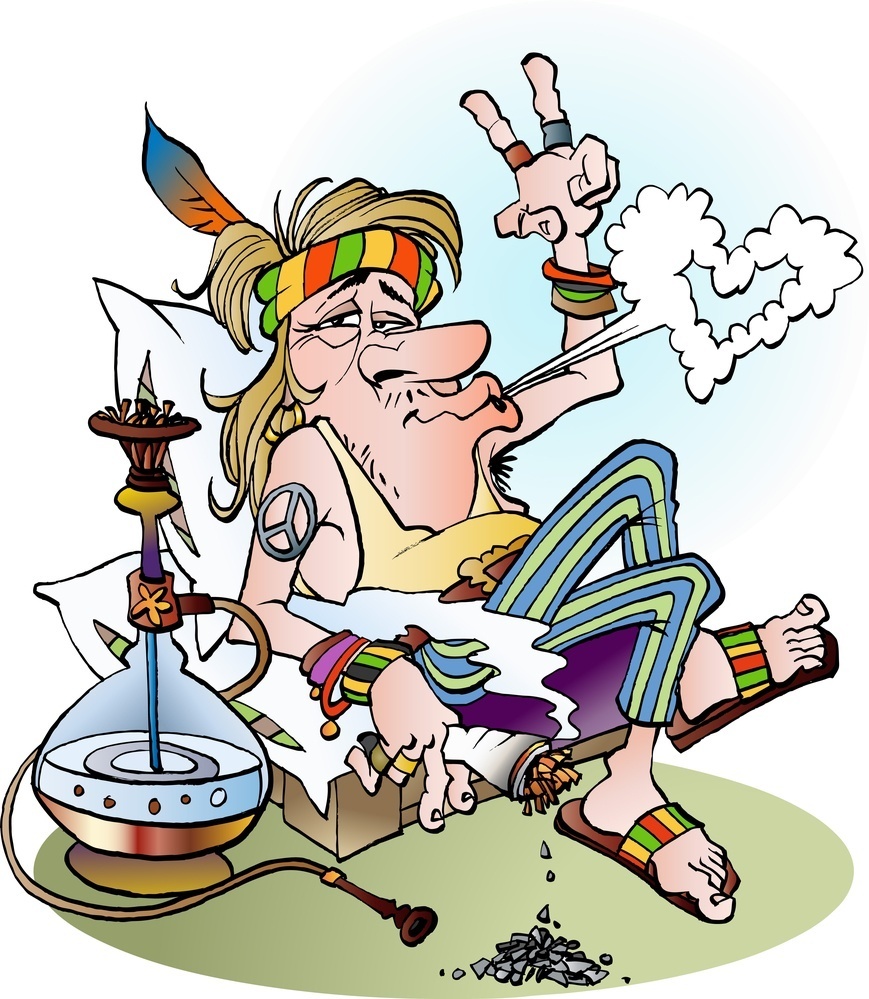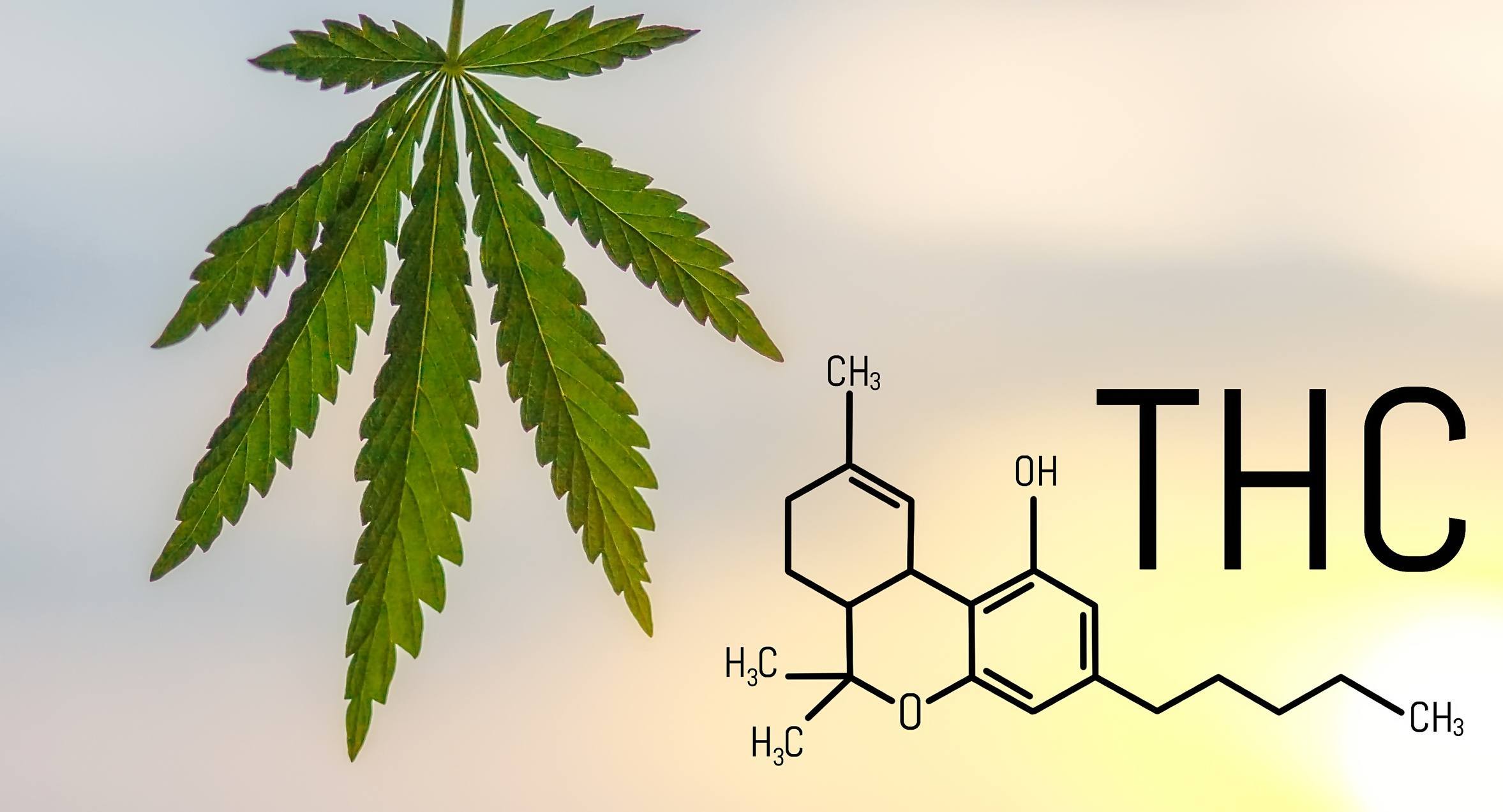Many professional drivers will have their own views on Marijuana (cannabis) and its recreation usage. I had previously looked at the effects it had on mental health and the research study found that psychotic behaviour’s indents were more prevalent in young adults using this drug.
More...
Marijuana is the most commonly used illicit drug in the United States. Its use is widespread among young people. In 2015, more than 11 million young adults ages 18 to 25 used marijuana in the past year.
Both hemp and marijuana are from the same genus and species (cannabis sativa). Marijuana is the dried leaves and flowers of the Cannabis sativa or Cannabis plant. tetrahydrocannabinol, known as THC, is responsible for many of the drug’s psychotropic (mind-altering) effects. It’s this chemical that distorts how the mind perceives the world. In other words, it is what makes you high.
- THC: The cannabinoid that can make you “high”—THC—has some medicinal properties. Two laboratory-made versions of THC, nabilone and dronabinol, have been approved the therapeutic properties found in cannabis to treat nausea, prevent sickness and vomiting from chemotherapy in cancer patients, and increase appetite in some patients with AIDS.
- CBD: Another chemical in marijuana with potential therapeutic effects is called cannabidiol, or CBD. CBD doesn’t have mind-altering effects and is being studied for its possible uses as medicine. For example, CBD oil has been approved as a possible treatment for seizures in children with some severe forms of epilepsy.
- THC and CBD: A medication with a combination of THC and CBD is available as a mouth spray for treating pain or the symptoms of multiple sclerosis.
The therapeutic properties of the cannabis are well documented but smoking a marijuana in hand-rolled cigarettes (joints) in a public location could possible land you in jail. You need to be familiar with the different types of legalisation for medical or recreation use.
Within the UK, recreational cannabis use is still illegal but there is a movement to change this law. Medicinal / medical use of cannabis is used under licence only.

What effect has it had on road safety?
There are some parts of the USA that cannabis is legalised. It’s been several years since recreational cannabis was made legal in some US states.
It’s not unreasonable to reflect upon this knowledge to see how reducing / removing this legalisation would work within the UK, with regards to road safety and health.
A newspaper report in April 2019, (Guardian) said what almost half of cannabis users believe it’s safe to drive when you’re high, according to a new study by PSB Research and Buzzfeed News. Perhaps unsurprisingly, those who abstain from weed, take a different view – only 14% believe someone who’s stoned can drive safely.
The dangers of driving while intoxicated have been so well established that it’s easy to assume it’s the abstainers who are right and pot-smokers are simply failing to recognize the danger they pose to themselves. But a few studies into the issue have produced a murkier picture.
It’s true that THC, the psychoactive ingredient in cannabis, can impair a person’s levels of attention and their perception of time and speed, important skills you might think for driving a car. One meta-analysis of 60 studies found that marijuana use causes impairment on every measure of safe driving, including motor-coordination, visual function and completion of complex tasks.
But a 2010 analysis published in the American Journal of Addiction found that while “cannabis and alcohol acutely impair several driving-related skills and marijuana smokers tend to compensate effectively while driving by utilizing a variety of behavioural strategies”. The authors concluded that while marijuana should, in theory, make you a worse driver, in tests it doesn’t seem to. “Cognitive studies suggest that cannabis use may lead to unsafe driving, experimental studies have suggested that it can have the opposite effect” .
However, it has been estimated that 22 million Americans (9.4% of the population) have a substance use or dependence problem. As marijuana is the most commonly used drug of abuse, having been tried by 40% of the population, and is also smoked most commonly in the age group that also has the most road traffic accidents, the contribution of marijuana smoking to road traffic accidents is concerning.
A federal report to Congress, conducted by the National Highway Traffic Safety Administration, came to similar conclusions in 2017. In one test, volunteers were given either marijuana, alcohol or both and then used a driving simulator. The researchers found that the stoned drivers were more cautious, exhibiting “reduced mean speeds, increased time driving below the speed limit and increased following distance during a car following task”, although they did find it more difficult to maintain position within a lane.
Both studies come with the caveat that the amount of THC consumed, and the user’s tolerance levels had an impact on results, with heavy smokers likely to be more greatly impaired. Cannabis users are often unaware of how much THC they have consumed – it’s easy to track the difference between one bottle of Budweiser or two, but harder to know how much THC is in each puff of a joint.
For that reason, this kind of research has only limited applicability to the bigger question of whether stoned drivers are likely to cause more accidents in the real world. Perhaps the more pertinent question is whether states where cannabis has been legalised have seen an increase in crashes and collisions.
A 2017 study found that fatal collisions have not risen in states where weed has been legalised, compared with control states where it remained criminalised. However, two further studies have shown that accidents, in general, are more common since weed became legal in certain states.
The Highway Institute found a 12.5% increase in insurance claims on collisions in Colorado following legalisation and a 9.7% increase in Washington. But using the same methodology, they found no observable increase in accidents in Oregon (the authors suggest this may be because legal cannabis use is not continuing to increase in Oregon as it is in the other two states).

Another study by the same organisation found an average increase of 5.2% in police reporting of crashes in states where cannabis is legal compared with control states.
So, it seems that further research is needed to work out the amount of weed that is dangerous and what exact effect it has on driving ability (and don’t those studies sound fun). While most studies suggest that drinking is more dangerous than smoking when it comes to driving ability, there is at least a correlation between increased cannabis use and car crashes.


